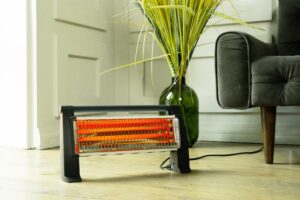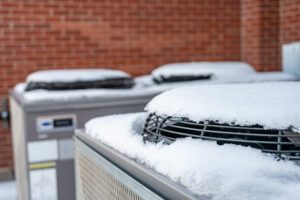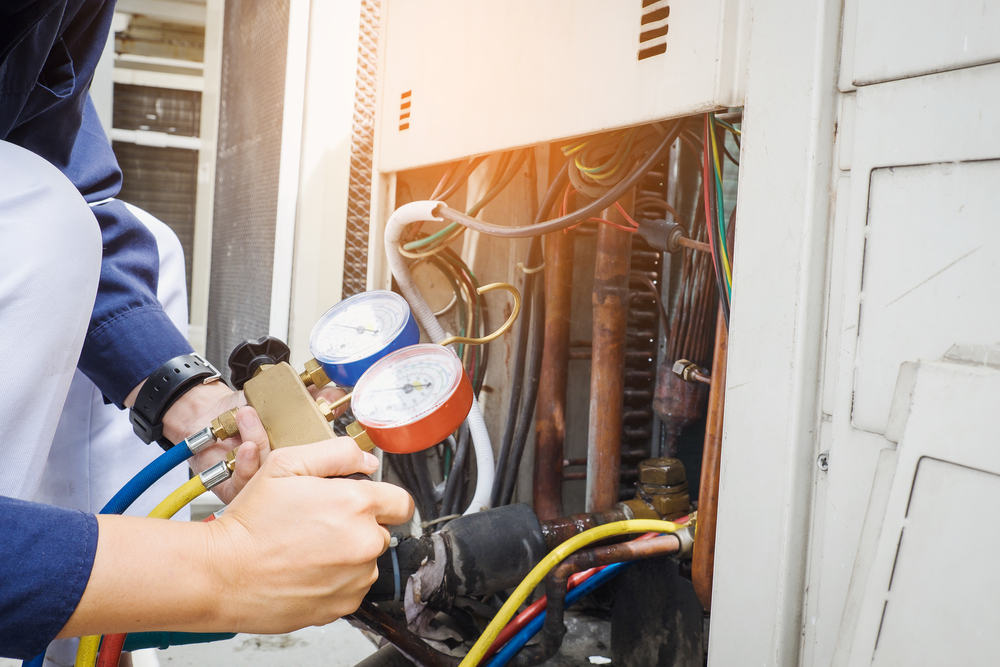Your air conditioner keeps you feeling cool during the hottest months of the year, but do you truly understand how it works? Most homeowners turn their AC on without giving it much thought. Surprisingly, air conditioners work a lot like refrigerators. Cates Heating and Cooling wants to show you how your air conditioner keeps your family cool as temperatures soar outside.
The Process of Cooling Your Home with Air Conditioning
You’ve probably heard of refrigerant. Refrigerant is a chemical that is used in the air conditioning process to evaporate and absorb heat in the air. The process starts in the indoor unit containing the coil box and evaporator. The evaporator allows the refrigerant to take the heat that is inside your home and leave cool air behind to be sent into the vents in the rooms of your house. During the process, the refrigerant turns from a liquid into a vapor.
The outdoor unit then takes the heat that was just taken from the inside of your home and disperses it outside. The unit houses the compressor, condenser coil, and fan. When the heat from your home makes it was to the outdoor unit, it passes through the compressor. In this stage, the compressor compresses the refrigerant to a higher pressure and moves it through the condenser. In the condenser, a fan moves ambient air across the condenser coil. This ambient air is then cooled, and the heat from inside your home is released outside. The refrigerant then goes back indoors, and the process restarts.
The big surprise in this process for most homeowners is that the real method of cooling your home deals less with increasing the amount of cold air in your home and more with getting rid of existing heat.
Brief History of the Air Conditioner
As one of the most important inventions in modern times, air conditioners have changed a lot since day one. The first “air conditioner” so to speak was building in the 1830s by Dr. John Gorrie in Florida. He built an ice making machine that used compression to make buckets of ice. Air was then blown over these buckets. While Gorrie was able to patent the machine in 1851, he never received any financial backing, so the machine died.
In 1881, naval engineers building a makeshift cooling unit to help keep President James Garfield comfortable after he was shot by an assassin. With this device, water-soaked cloth filled the boxy unit. A fan then blew hot air overhead, while the cool air stayed closer to the ground. This air conditioning unit was known to lower room temperature by 20°F. However, in just two months, the air conditioner unit used more than half a million pounds of ice.
By the early 1900s, a device more similar to the modern air conditioner was invented by Willis Carrier. The original air conditioner was created in 1902 for the Sackett-Wilhelms Lithographing and Publishing Co. in Brooklyn, New York. Called the Apparatus for Treating Air, this machine blew air over cold coils to drop the temperature and humidity in the room. This helped keep ink and paper in good condition. When other industries decided they would also like one of these machines, Carrier created the Carrier Air Conditioning Company of America.
Just four years later in 1906, Stuart Cramer, a textile mill engineer in North Carolina, created a device that adds water vapor into the air in textile plants to increase the humidity. By making the air more humid, yarn became easier to spin and less likely to break. Cramer is the first person to use the term “air conditioning.”
It wasn’t until 1914 that air conditioning first became available for the home. The unit was installed in a Minneapolis mansion belonging to Charles Gates. However, since nobody ever lived in the house, it is unlikely the behemoth 7-foot-high, 6-foot-wide, and 20-foot-long air conditioner was ever used.
In 1931, H.H. Schultz and J.Q. Sherman invented an air conditioner that sat in a window ledge to cool a single room. We now call these devices window units. At the time they first became available, they cost between $10,000 and $50,000. In today’s money, that would be between $120,000 and $600,000. In the 1950s, millions of air conditioning units were sold for residential use. This was made possible by the post-World War II economic boom.
Central air conditioning becomes popular in the 1970s, and modern air conditioning as we know it is starting to be found in more and more homes across the United States. In the 1970s, freon was the refrigerant used in home air conditioners. However, by 1994, this substance is banned in several countries because it leads to ozone depletion. Now, we use more environmentally friendly refrigerants to help cool our homes, but the rest of the process is basically the same.
If you are looking for a new air conditioner, contact Cates Heating and Cooling today at 913-888-4470. One of our technicians can come to your home and provide an estimate for a new unit.



















